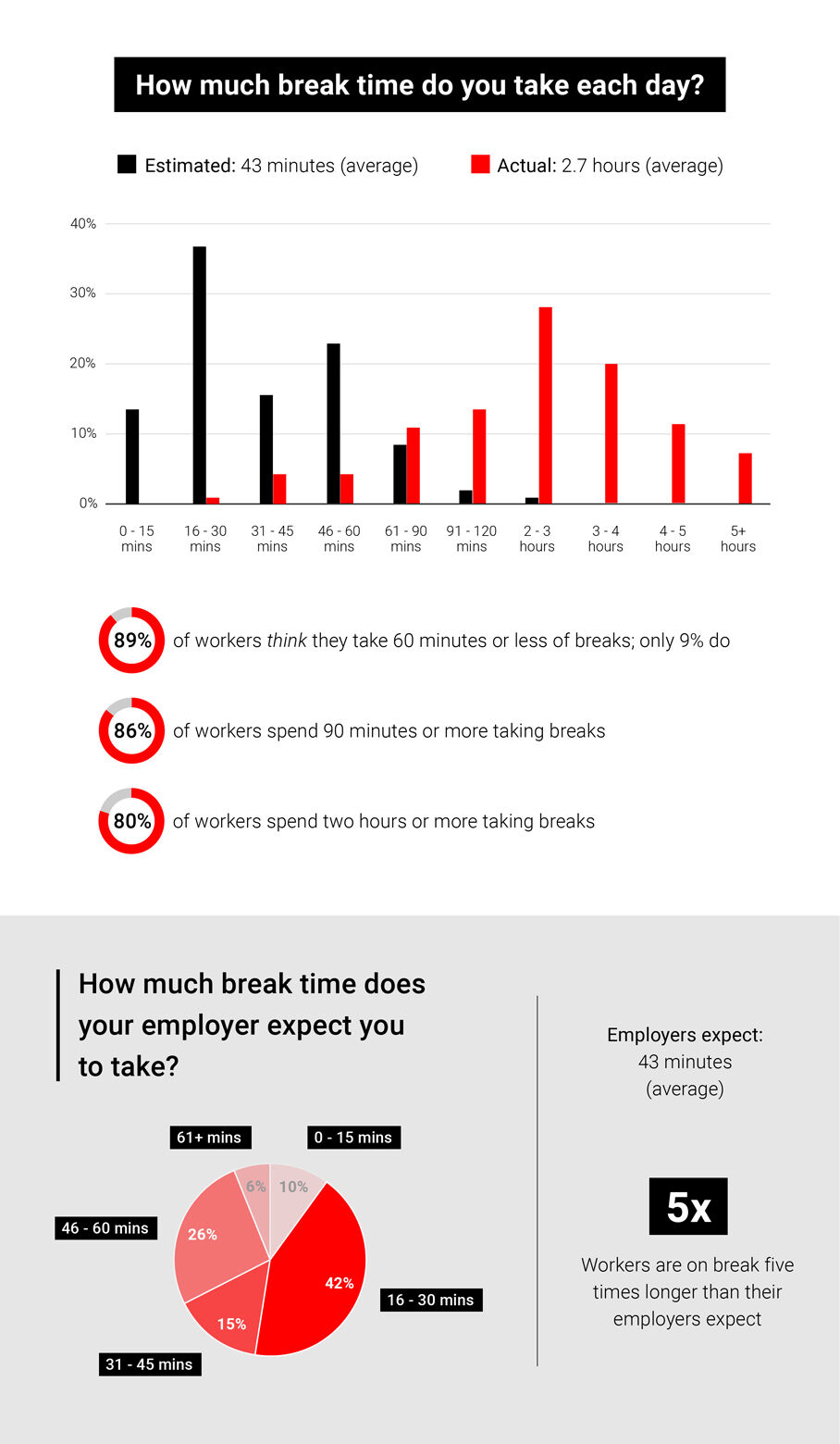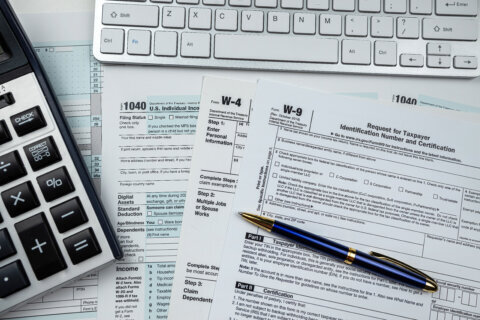Professionals with typical desk jobs who are now working from home need breaks from their computer screens, but when asked how much time they spend on those breaks during a typical work day, most at-home workers aren’t aware of how much time they’re not working.
The average answer, according to a survey, is 42 minutes a day on break. That’s not even close.
“People are wildly underestimating how much break time they are actually taking. When we had them sit down and really think about it, they are spending about 2.7 hours every day not actually working,” said Tricia Harte, with the streaming site Unwind Media, which conducted the survey.
That is about five times as much time on breaks as employers expect their employees to take, and it has been exacerbated by the wave of office workers who’ve been working at home because of the pandemic.

“People have a little bit more freedom to walk the dog, chat with their partner, pay attention to their kids and browse the internet probably a little longer than they should, without the fear that their boss is going to walk by and see that they are not productive,” Harte said.
That 2.7 hours of average actual break time does not include time spent multitasking, or toggling between work-related tasks and non-work-related activities at the same time — what Unwind Media calls the murky state that exists between full focus and break time.
Eating and listening to or watching some sort of content are the most common multitasking activities, and multitaskers report they spend almost half their work day doing it.
“When people were asked to think about when they’re at their computer or laptop what else they are also doing, we found that people were spending about 3 1/2 hours daily multitasking. There is a lot of talk about deep work and productivity, and you can debate whether or not you need to be 100% focused on every task at hand. But about 78% say they are multitasking more now that they’re remote than they did at the office,” Harte said.
The top reason for taking breaks from work cannot be edited out of the daily routine. They are biological needs, such as bathroom breaks, meals and snacks.
Following biological needs, other top reasons for breaks include entertainment, such as social media, games, news and music, and simply “thinking about things,” such as things to do, relationships and just daydreaming.
Breaks from work while working at home aren’t all voluntary. They also come in the form of unwanted distractions, and 59% of those surveyed said it takes them longer to get their work done at home than it does at the office.
Unwind Media surveyed 1,241 people working 35 to 50 hours a week, primarily at a desk, on a computer. The average age of those surveyed was 37. The survey was conducted July 1 and July 2.








